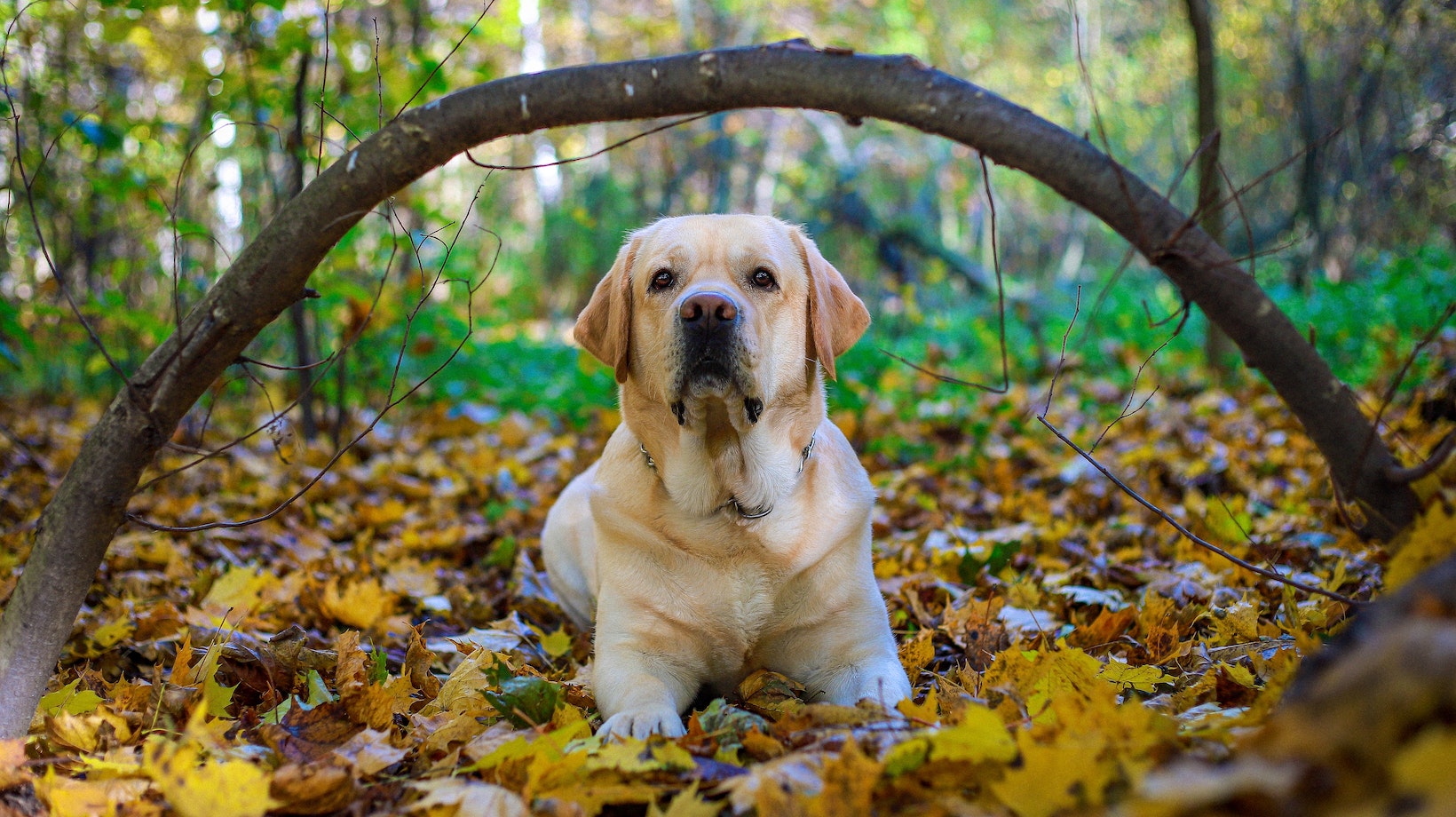Are you struggling with toy aggression in your Labrador? If so, you’ve come to the right place. Dealing with this issue can be challenging, but it’s not impossible to overcome. In this article, I’ll share some effective strategies on how to stop toy aggression in dogs, specifically focusing on Labradors.
Labradors are known for their playful and energetic nature, which makes them prone to developing possessiveness over toys. This can lead to aggressive behaviors such as growling, snapping, or guarding their toys from others. Understanding the root cause of this behavior is crucial in addressing it effectively.
Understanding Toy Aggression in Dogs
When it comes to our furry friends, playtime is an essential part of their daily routine. However, some dogs may display a behavior known as toy aggression, which can be concerning for both owners and those interacting with the dog. In this section, we’ll delve into the causes of toy aggression, how to recognize its signs, and steps you can take to prevent it.
Causes of Toy Aggression
Toy aggression in dogs can stem from various underlying factors. Here are a few common causes:
- Resource Guarding: Some dogs develop possessive behaviors over their toys due to resource guarding instincts. This occurs when they perceive toys as valuable possessions and feel the need to protect them from others.
- Lack of Socialization: Insufficient exposure to other dogs or limited social interaction during puppyhood can result in anxiety or insecurity around toys later in life. This may lead to aggressive behavior when someone approaches their toys.
- Fear or Anxiety: Dogs that have experienced traumatic events or suffer from anxiety issues may become defensively aggressive when someone tries to take away their toys. They might see it as a threat and react accordingly.
Recognizing the Signs of Toy Aggression
It’s crucial for owners and individuals who interact with dogs to be able to identify signs of toy aggression early on. Here are a few indicators that a dog may be displaying toy aggression:
- Growling or Snarling: A dog exhibiting toy aggression may growl or snarl when approached while playing with their favorite toy.
- Stiff Body Language: Watch out for tense body posture, stiffening muscles, raised hackles (hair along the back), or intense staring while the dog is engaged with a toy.
- Resource Guarding Behaviors: If your dog becomes possessive over their toys by shielding them with their body, snapping at anyone who gets too close, or attempting to hide the toy, it could be a sign of toy aggression.

How to Stop Toy Aggression in Dogs
When it comes to addressing toy aggression in dogs, it is crucial to understand the triggers that contribute to this behavior. By identifying and recognizing these triggers, we can take proactive steps to prevent and manage toy-related aggression in our furry friends, such as Labradors.
- Resource Guarding: One common trigger for toy aggression is resource guarding. Dogs may assert their ownership over toys by growling, snapping, or even biting if someone approaches their prized possessions. This behavior stems from an instinctive need to protect valuable resources like food, toys, or territory.
- Lack of Socialization: Another contributing factor to toy aggression can be a lack of proper socialization during a dog’s formative months. If a dog hasn’t been exposed to different toys, people, or other animals early on, they may become possessive and defensive when confronted with unfamiliar objects or individuals trying to interact with their toys.
- Fear and Anxiety: Dogs that experience fear or anxiety may exhibit aggressive behaviors towards toys as a coping mechanism. They might view toys as potential threats rather than enjoyable playthings. It’s important to address any underlying fears or anxieties through positive reinforcement training and gradual exposure techniques.
- Previous Negative Experiences: A dog’s history plays a significant role in shaping its behavior towards toys. Past negative experiences like being teased with toys or having them forcefully taken away can lead to defensive reactions and heightened aggression when it comes to toy playtime.
- Lack of Training and Boundaries: Dogs need clear boundaries and consistent training from an early age. Without proper guidance on appropriate toy interactions and sharing behaviors, dogs may develop possessiveness over their belongings, leading to aggression when someone tries to approach or take away their cherished items.
Understanding these triggers allows us to take proactive measures in managing toy aggression in Labradors (or any breed). By addressing resource guarding tendencies through positive reinforcement training, providing ample socialization opportunities, addressing underlying fear and anxiety issues, and establishing clear boundaries through consistent training, we can help our furry friends develop healthier relationships with their toys and reduce the likelihood of aggression.
Remember, every dog is unique, and it’s essential to consult with a professional trainer or behaviorist for personalized guidance when dealing with toy aggression issues in your Labrador or any other canine companion.